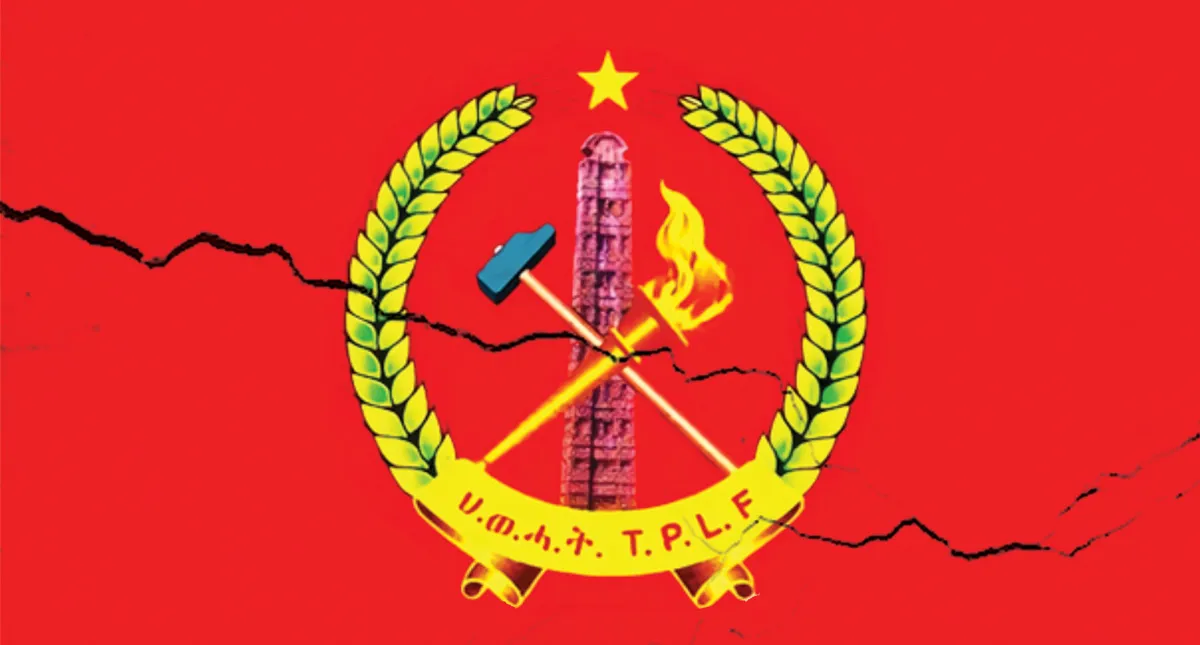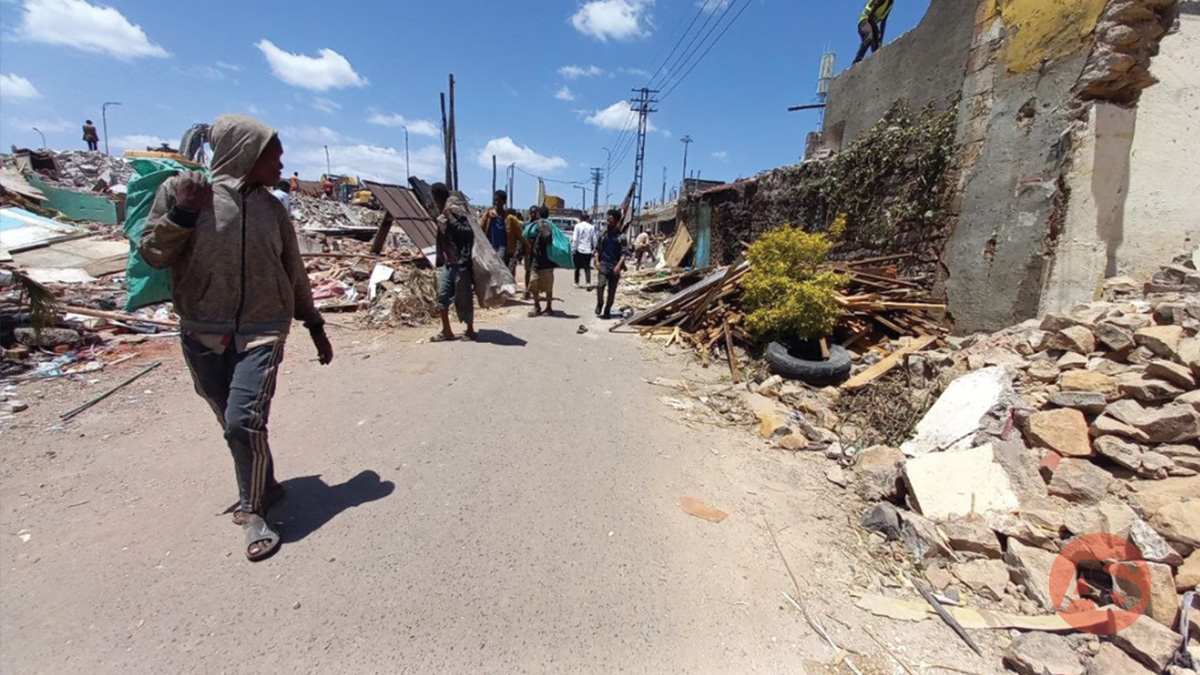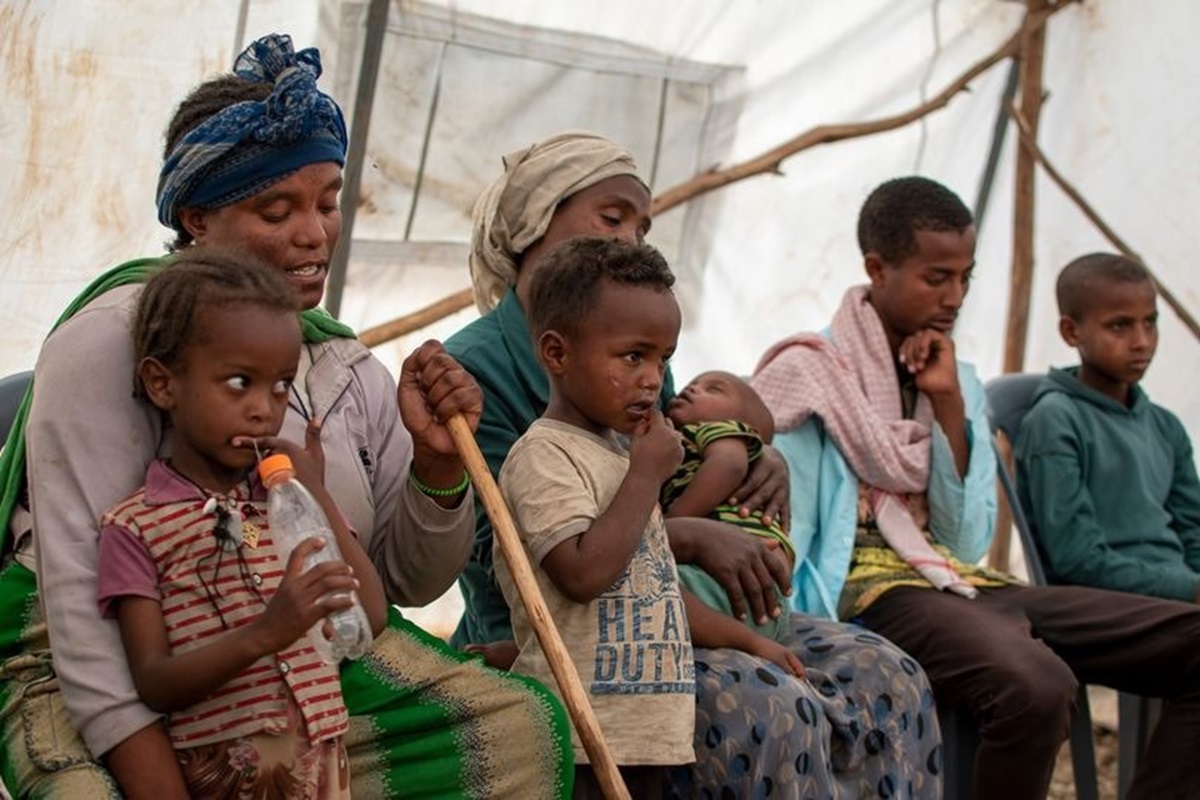Fitsum Abera
Addis Abeba, March 27/2017 – Last week on March 22, Ethiopia’s Prime Minister Hailemariam Desalegn, who also chairs the Ethiopian Tourism Transformation Council, officially introduced the Amharic version of Ethiopia’s new tourism logo ‘Ethiopia, Land of Origins’. It is now called Midre Kedemt in Amharic.
The Prime Minister unveiled the Amharic version of the new logo while attending the fourth regular meeting of the Council, which was established three years ago in March 2014 along with the Ethiopian Tourism Organization. Reason? To transform the country’s ailing tourism industry.
A sign of urgency to reboot the country’s tourism industry plagued by, among others, poor tourism infrastructure and absence of meaningful coordination, both the Council and the Organization were established following a regulation issued by the Council of Ministers (CoM) in August 2013.
The ups and downs
Tourism in Ethiopia has been witnessing an increasing- if modest- growth since the country officially opened its doors to foreign tourists in 1963. According to the Ministry of Culture and Tourism (MOCT), the most significant dip in the number of foreigners visiting Ethiopia happened during the 17 years in power of the military Derg regime from 1974 to 1991. Since then, following the coming into power of the incumbent in 1991, the numbers have shown a steady growth from 64,000 to 750,000 during the 2014/15 fiscal year.
That was until November 2015, when anti-government protests that would grip the country throughout 2016 first started, an unexpected turn of an event both the Council and the Organization seemed not prepared to handle.
“That [the time the protests began] was when we started to notice the difference,” says a tour operator who requested anonymity. “More and more clients began asking questions about security as the [protests] got international press coverage. Pretty soon the low season was upon us and the number of tourists plummeted as we [feared]. But we didn’t expect that more than 95% of our bookings for the high season would end up being canceled.”
The high season in Ethiopia typically starts in September, when the main rainy season is over; and it ends around February when it becomes too hot to take tourists to famous destinations such as the Danakil depression.
Encouraged by the steady inflow of tourists before the start of the protests, our source invested in two 4WD cars. “We bought two cars towards the end of the last fiscal year,” he explained. “We borrowed money from a bank and invested some from our own accounts. But there are no tourists now and we can’t even rent the cars to business tourists coming to Addis Abeba. We don’t know what to do. We are just paying rent, maintaining a small staff and hoping for the best at the moment.”
Although order seemed to have returned following the declaration of the current state of emergency in October last year, and “we are getting more requests now than before, it is not enough to maintain our business,” our source worries. “If things continue at this rate, we will be forced to close down. We picked a bad time to expand our business.” He also said most of their clients come from abroad after communicating with them via the internet, which suffered its own share misfortune as the country shut down internet following protests. Walk in and domestic clients account only for less than 2% of their total bookings, he said.
His frustrations are shared by many tour and travel companies that joined the market recently. Not only tour operators but those working in the transport sector were affected as well, according to Getnet Asefa, a freelance driver/guide. Getnet, who used to make an average 500birr (around $21) per day as a freelance guide, says he is now considering a change in career. “Last year at this time, I worked at least 4 days a week,” he says, “Now getting tourism work has become very difficult. Some of my friends have started working as taxi drivers. At this point, we don’t know what is going to happen next and that is scary.”
Embassy travel warnings aren’t helping the matter, either. The United States traveling warning, issued in Dec. 2016, and the United Kingdom foreign travel advice, updated most recently in Jan. 2017, are still in effect. In fact, the only country that has lifted its travel ban is Germany. But even that excludes traveling to North Gondar, an area located in a region where most tourist detestations are found.
The effect is also felt among tour and travel agencies that on the surface seemed to be doing well. “We are concerned that the company won’t survive this year,” says Yenealem Getachew, managing director of Horizon Ethiopia Tour and Travel plc. “We don’t expect to be reimbursed for our losses. But we do have many commitments. For example, we have to pay profit tax at the end of the year. Some of us have bank loans. When you have a debt to service, that is the first thing you want to take care of. If you can’t do that, you start to lay off employees.”
Yenealem said his company has asked the government for help but they “still haven’t got a response. I think they are more concerned about companies with physical damage. They don’t seem to grasp that without clients we tour operators get nothing.”
In late Oct. 2016, Ethiopia Ministry of Culture and Tourism, MOCT, has established a command post to assess the damage the industry sustained as well as to ensure the “safety of tourists”. “We went to see the damage caused by the protesters,” Tewedros Derbew, Tourist Services Competence and grading directorate director at the ministry and head of the committee, told Addis Standard. “We called the owners for a meeting to discuss how to help them as well as to offer moral support. We have now sent a report to the investment commission detailing their losses. We have also distributed questionnaires to tour operators but we haven’t received their responses yet.”
Tewedros admits “the industry has been severely affected. There is no question about that.” But contrary to the actors in the industry say, he insists “no tour and travel company was forced or threatened to close down or let go of its employees because of it.”
The opposite of…
In late 2015, around the same time the protests began, MOCT announced that it wanted to “triple the number of foreign visitors, to more than 2.5 million, by 2020”, and make Ethiopia become one of Africa’s top five tourist destinations.
In a stark difference to what the actors in the industry and several reports say in post-protest Ethiopia, in a January 2017 report to the house of people’s representatives, Hirut Woldemariam, the new minister at the ministry of culture and tourism, reported that despite the current state of emergency 300,000 tourists have visited the country during the first quarter of the current fiscal year, generating $872 revenue to the country.
But as in every sector, data for this sector is prepared by the government itself. If one goes by Hirut’s numbers above for example, more tourists have visited Ethiopia during its turbulent year than in its years of peace. In Oct. 2015, one month before the start of the protests, the same ministry said that during the 2014/15 fiscal year, 750,000 tourists have visited Ethiopia, fetching in $2.9 billion income to the county. That figure is close to the $3b the government expected to earn from the industry by the end of its first Growth and Transformation Plan (GTP) in 2015.
Other hurdles
In Oct. 2016, Lonely Planet has rated Ethiopia 10th out of the “Top Ten Countries to visit in 2017.” But, that announcement seemed to contribute little when it comes to shaking off Ethiopia’s image in the aftermath of the widely reported yearlong protests.
“Image is everything for a country’s tourism sector,” one expert says. “We had just managed to overcome decades of bad publicity caused by famines and violent regime changes. [As of late] Ethiopia had been named one of the emerging tourist destinations. The country’s overall infrastructure was getting better. Then this [the protest] happens. It will take a long time to recover from the effects of the unrest. It is difficult to predict just how long.”
Other issues many tour operators cite in relation to the decline in tourism are the substandard services and accommodations, inadequate maintenance given to tourism infrastructure and destinations, and the lack of communication between tour operators and government agencies.
“Take Lalibela for example. It looks exactly the way it did 10 years ago but the entrance fee has increased,” says Yenealem. “Our hotel bookings are dropped with little to no notice when there are big events like Epiphany in Gondar. The local guides monopolize any work to be done on the sites [including] increasing entrance and guide fees at will and they chase away anyone who refuses to have a guide.”
Lots of plans
In addition to the five-year plan by the MOCT, in September 2016, The United Nations Economic Commission for Africa (UNECA) has handed over Ethiopia’s Sustainable Tourism Master Plan (STMP) 2015-2025 to the then minister of tourism and culture, Ayisha Mohammed Mussa. It targets to lift the number of international visitors to five million in the year 2025. The projected income from the industry to increase from ETB14.197 billion in 2012 to ETB180 billion in 2015. The corresponding number of jobs in the tourism sector will increase from 985, 500 to 4.8 million, according to the document.
As part of its several initiatives to revive the industry, as of last week, the Ethiopian Tourism Organization is organizing a series of workshops in several cities in North America including New York, Los Angeles, and Toronto.
ETO has also recently signed, for an undisclosed amount of money, an agreement with New York-based CornerSun, a tourism marketing and public relations firm to “represent and promote Ethiopia” to travel trade and media throughout the United States and Canada. Since it was formed in 2014, the organization, led by an industry veteran Solomon Tadesse, has spent more time and resource to promote Ethiopia by participating in various fairs and exhibitions outside the country.
With all that said and all the inconsistencies considered, however, tour operators worry that the number of tourists visiting Ethiopia will continue falling short than both the five year plan by the ministry and ECA’s STMP have anticipated.
Last week and this week, while Solomon Tadesse, along with a group of hotels as well as tour and travel company owners, is doing a three-city roadshow in the Americas, some tourists who want to take chances to visit Ethiopia signed onto Lonely Planet’s online forums to complain about complicated visa requirements at Ethiopian embassies abroad and a steep rise in domestic flight fare by the state monopoly, Ethiopian Airlines, an indication that beyond the protest-tainted image the industry is facing as of late tourists are also dealing with other problems that are equally urgent; but problems that are less the focus of the endless plans to revive the sector, including a new logo. AS
Cover photo: The Semein mountain Galada baboons are one of the top tourist attractions in Ethiopia
Source: BBC







